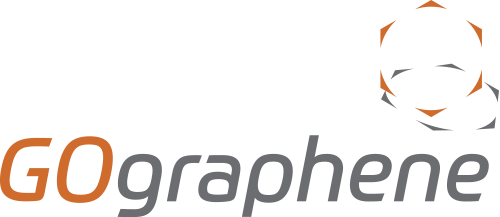Graphene Oxide as a Multifunctional Tool for Purification Applications
Graphene oxide has gained nationwide acclaim in recent years as a result of advancements in water purification using graphene oxide membranes. However, the researchers at GOgraphene have learnt that this 2D material can be utilised in a variety of purification applications. The global adsorbent market is expected to reach $4.3 billion USD by 2020, and the purification of liquid systems such as petroleum and water constitutes a large segment of this. The prevalent use of dyes, pesticides and polymers in many societies has led to the contamination of water. An understanding of the harmful effects of these molecules has lead to stricter regulations on the limits of contaminants in our drinking water. This has fuelled research into adsorbent materials suited for the removal of harmful molecules, and among these materials is graphene oxide.
Graphene has a theoretical surface area of 2630 m2/g, which provides a massive area for the adsorption of molecules onto individual sheets. The delocalised aromatic system of graphene produces strong attractive forces between the aromatic components of organic dye molecules, as demonstrated in literature with methylene blue. A reduced graphene oxide adsorbent was also demonstrated to have an adsorption capacity of 1200 mg/g for pesticides, being larger than any material investigated for this purpose. Alternatively, graphene oxide was combined with magnetic iron compounds for the adsorption of toxic arsenic ions, allowing for easy recovery of the adsorbent material and contaminants via magnetisation.
The versatility of graphene materials is consistently exemplified in research from around the globe, and applications like this indicate how they will make a positive impact to our lives in years to come. If you have any enquiries about the applications of graphene oxide, or about how it can improve your existing application, please do get in touch.
Environmental Science and Pollution Research, 2016, 23, 9759-9773
Small, 2012, 9, 273-283
Colloids and Surfaces B: Biointerfaces, 90, 197-203

